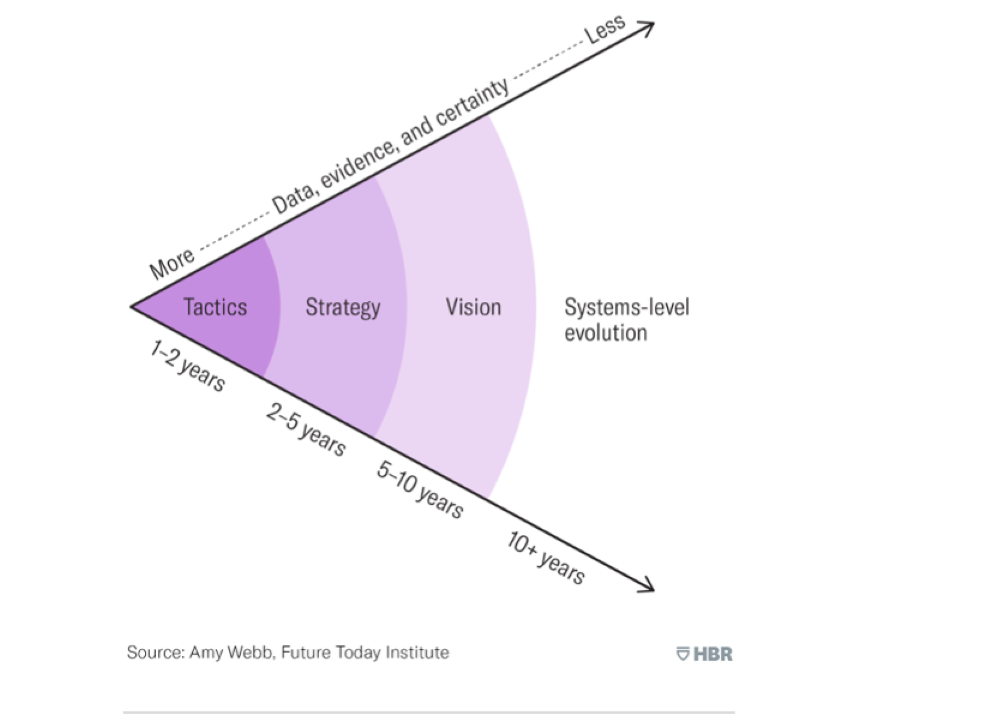
The Benefits of Strategic Planning
“We need a plan.”
“We are all going in different directions.”
How many times have you heard some version of these words from your team members or even from your leader?
Even while we struggle to find our way, many are still reluctant to engage in a strategic planning process. We know it will take time for our team to invest in this process and we don’t want to get boxed in by the plan when our department’s priorities inevitably shift. As Amy Webb, quantitative futurist and professor of strategic foresight at the New York University School of Business, stated in the July 2019 edition of Harvard Business Review, “Nice, linear timelines offer a certain amount of assurance that events can be preordained, chaos can be contained, and success can be plotted and guaranteed. Of course, the real world we all inhabit is a lot messier.”
It is Natural to Question
It is natural in these uncertain times to question whether long term planning is practical amidst all this uncertainty and to hesitate before asking our already overworked team to find the time and energy to invest in creating a strategic plan.
Yet, despite these uncertainties, what I experience as I partner with leaders and teams is that the investment in solid planning always pays off.
A well thought out strategic plan provides a multitude of benefits including:
- Focus. Clarity on where to invest our limited time and resources.
- Hope. A sense of possibility and excitement about the future that prompts people to take initiative.
- Alignment. Calibration with team members, stakeholders, and the organization at large creating transparency, trust and improved solutions.
- Forward Movement. A roadmap that compels us to take the necessary next step instead of putting out daily fires.
A Successful Strategic Framework
According to Futurist Amy Webb, to achieve these benefits, a successful strategic framework (illustrated below) needs to recognize that data, evidence, and certainty are reduced as we look further out. Therefore, we need to plan our work in four distinct categories:
- Define our department’s highly probable events. These tactics typically look out 1-2 years.
- Consider the larger organization strategy and define how our tactics will contribute over the next 2-5 years.
- Articulate our vision for the next 5-10 years and formulate appropriate actions.
- Leave room for evolution and define how we will be flexible and evolve as developments occur.

In my experience, creating a strategic plan that focuses on vision, strategy, and tactics and also recognizes that evolution is inevitable, is well worth the investment.